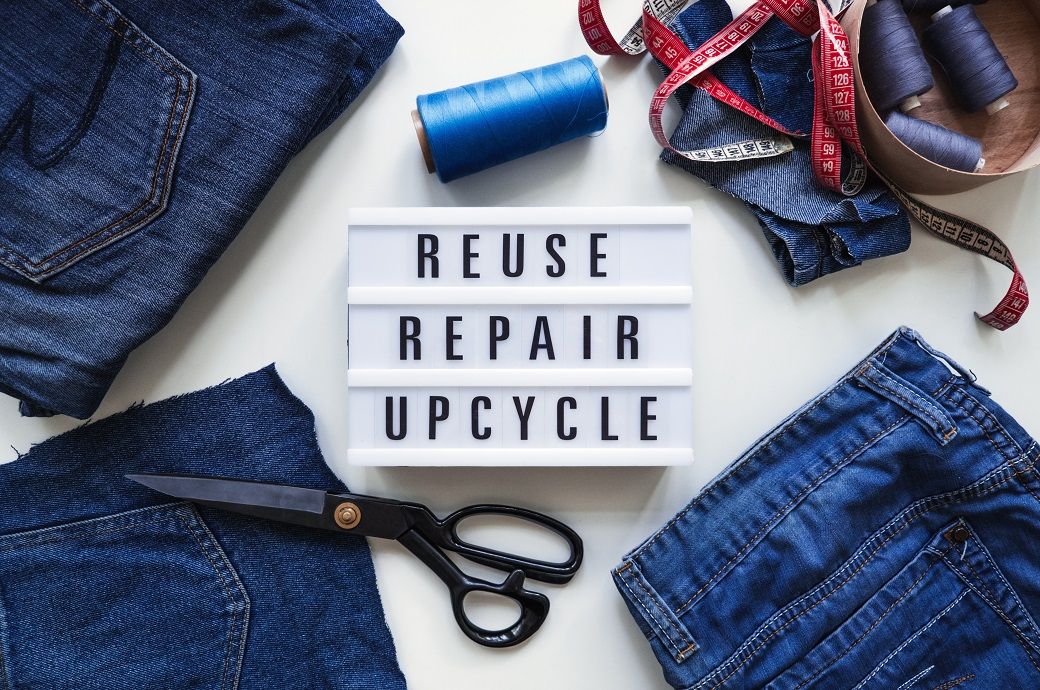Researchers in Canada develop method to test textile waste quality

The study is the first of its kind to determine the quantity and quality of textile waste in Canada. Canada doesn’t have a standardised process for sorting textiles. The researchers used a broader definition of textile waste by recognising accessories, shoes, and soft toys, in addition to clothing and home textiles. They also used a team of Waterloo and Seneca students and professionals from the fashion industry to sort the materials to ensure consistency in grading and proper evaluation of the items’ condition. A pair of ripped and stained jeans might receive a D grade and be flagged for repair before being donated and resold, according to a press release by the University of Waterloo.
“Fashion consumption is at an unparalleled high,” said Olaf Weber, University research chair and professor in the School of Environment, Enterprise, and Development at Waterloo. “Consumers buy, use, and dispose of new garments, which end up in the landfill, and less than one per cent of the materials are recycled. This new method is an important step to curbing our waste.”
Overall, this new comprehensive assessment delivers more data and insights into waste management and prevention. The study determined that items graded A to D made up more than half of the current waste stream, so could be resold or reused. This finding emphasises that there are many opportunities to divert textile waste in Canada, yielding massive benefits.
“Reducing our waste is a crucial step to addressing climate change,” added Weber, who is also the senior author of the paper. “Avoiding the textile waste assessed in our study could conserve resources and divert a significant amount of greenhouse gas emissions—in just one year the equivalent of driving 310,000 cars, plus supplying energy to 218,000 Canadian homes and filling 35,000 Olympic pools of water.”
Fibre2Fashion News Desk (NB)
































-Ltd..jpg?tr=w-120,h-60,c-at_max,cm-pad_resize,bg-ffffff)





.jpg?tr=w-120,h-60,c-at_max,cm-pad_resize,bg-ffffff)
.jpg?tr=w-120,h-60,c-at_max,cm-pad_resize,bg-ffffff)






